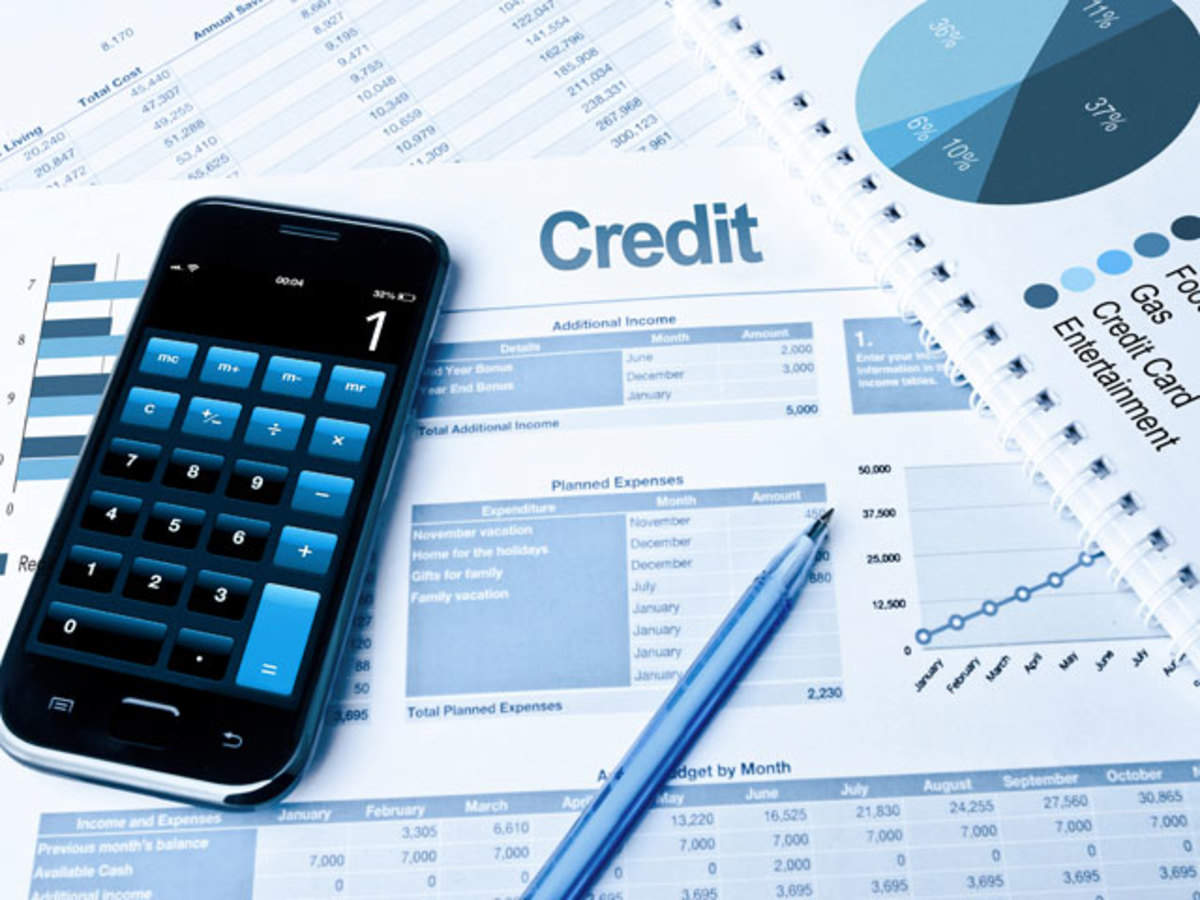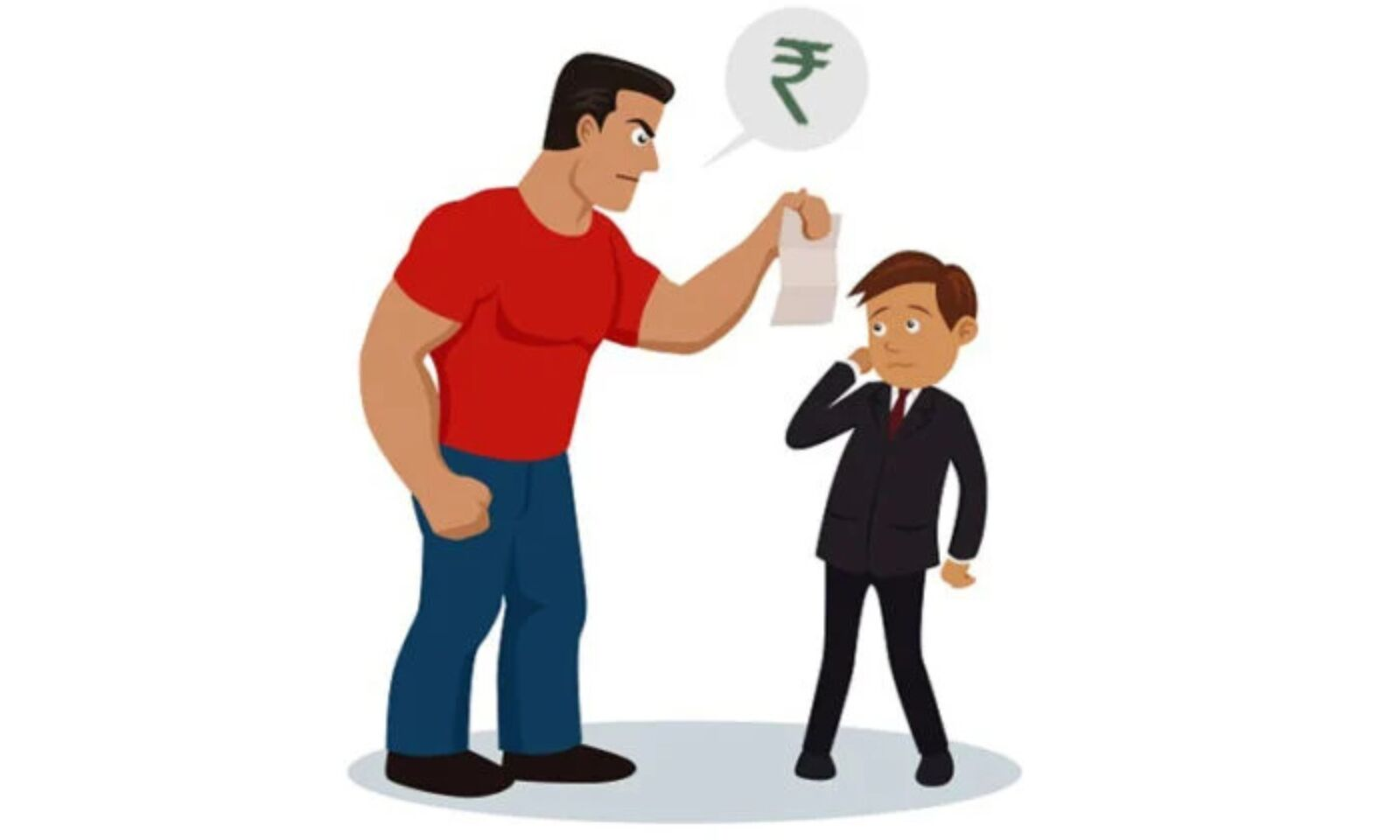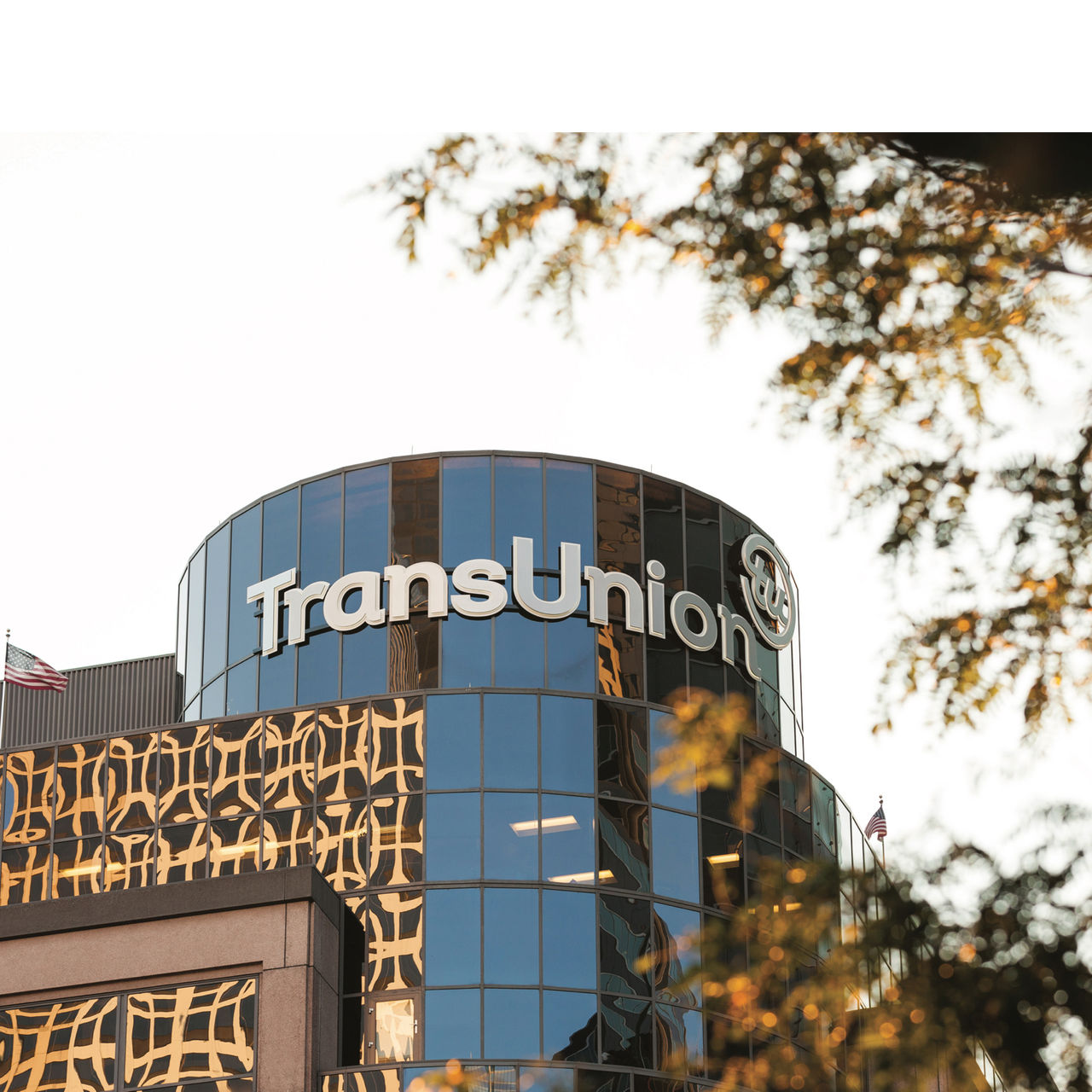The situation that narrates the story of most of us is that we want to get out of debt but our hands are tightly tied by our limited income. So, how can we possibly overcome debt once and for all? Let’s take a look at some helpful advice.
When it comes to getting out of debt, it is hard enough when there is a decent amount of money coming in, let alone facing this challenge when you’re short on income.
But, it is definitely possible to get rid of debt on a low income. But wait: here’s one more twist! It’s also achievable without selling key assets, such as the house or car you don’t yet have.
Today, we are going to cover the strategies which you can use to be successful this major feat.
Table of Contents
The starting point of any debt solution is to conduct an analysis of your financial circumstances
Secondly, you can create a budget with the help of zero-sum budgeting techniques
Take a deep hard look at your prime expenses to see where you can shake off some extra fat
One and the only way to pay off your debt is to pay more than the minimum payments
The optimum way to approach debt is to handle one balance at a time
Keep a constant touch with your creditors all the way through the process
Considering the cash first will assist you in reducing your spending
More than one income source can be helpful in paying debts faster
Last but not the least, know what debt solutions should be preferred
Summing up
The starting point of any debt solution is to conduct an analysis of your financial circumstances
It’s impossible to eradicate the debt which you are unaware of, simply because one of the most vital elements of any effective debt-reduction strategy is deciding which debt to handle at priority. Use a computer or be old school by using an old-school paper spreadsheet if that’s what you want—and note down every debt you have.
Make sure to list the outstanding amount, the applied interest rate, the tenure, monthly payments, and the available credit limit for every debt. This will enable you to go deep when it comes to understanding the complete situation, and offer you confirmed numbers to work with when you go for making a budget (spoiler alert).
And while you’re at it, create separate spreadsheets to record all of your other monthly expenses, such as utilities, food, car payments, etc. Plus, one for all the money that you are hoping for in from various sources.
Secondly, you can create a budget with the help of zero-sum budgeting techniques
Nobody likes making a budget. But believe it or not, it is the only way you can keep your debt under control.
Once you are familiar with all your expenses and debts, you can follow the process of allocating your monthly income as required. According to the financial experts, once you buried under a mountain of debt, using zero-sum budgeting method can be a perfect solution.
This budgeting technique offers you the right tools to enhance your finances by guiding you how to:
1. Live off previous month’s genuine income rather than conducting income projections.
2. Take actionable decisions when it comes to your money.
3. Trim down waste.
The actual idea behind zero-sum budgeting is that every month, you don’t have a dollar left with you because every cent has been assigned to debts, bills, and savings. This might sound a bit unsettling, but it is the fastest way to regain control over your money.
When creating a budget, there are a few things that should be considered first, including savings and debts. After that, the left-over can be used for everything else. If you need to cut expenses somewhere, it can be done from things such as leisure and transportation rather than debt-reduction or investments.
Take a deep hard look at your prime expenses to see where you can shake off some extra fat
Once your situation regarding your debts, expenses, and budget is clear, you must take actions to seal the purse strings. You can’t beat down debt if your debt keeps rising. Because you can’t take out that money from your debt payments or savings, it’ll have to be from somewhere else.
Go over your budget and also categorize your spending to see where you’re losing too much money—on weekend movies or dining out, for instance. Then prepare a plan for the expenses reduction. Here are some ideas:
- Purchase groceries in bulk, especially when the sale is on
- Use coupons for your every buy – food, clothes, toiletries, and more
- Walk or use a bike to work. An average person spends around $9,000 a year on a car
- Prepare food more at home and eat out less
- Switch your subscriptions from high-end to lower service packages for stuff like cable, the gym, cell phones, and internet
- Make your daily coffee at home rather than buying out
- Try buying used items from thrift stores and classifieds when you need anything from clothes, furniture, vehicles, to appliances
One and the only way to pay off your debt is to pay more than the minimum payments
We’ve discussed budgets and spending and how not to add to your debts, but now it’s time to dive into the details of debt reduction. The first and the foremost things to take into consideration is this: Paying just the minimum payment has only one end to it – life-long debt.
An average American holds a credit card balance of approx. $9,600 with a 15 % interest rate. Making the minimum payment only, would leave you paying off that debt for almost 12 years! If getting out of debt is all you want, you must make a habit of higher-than-minimum payments.
The optimum way to approach debt is to handle one balance at a time
Now I understand that it might be impossible for you to make above-mentioned minimum payments on all your debt each month. And don’t fret—you don’t have to. But what you really need to do is select one debt to pay down first. While you’re on this, keep paying the minimum payments elsewhere.
For example, suppose you have five debts with different balances. To make things easy, we’ll say the minimum on each is $100. You’d start by making the minimum on four of those debts, but pay, say, $200 every month towards one single debt until it was totally paid off.
The minute you take care of that first debt, you can start to handle the next balance. From there, pay the minimum amount each month on the rest of the three, and pay $300 (still paying the same $600) towards the singled-out debt.
The Harvard Business Review studied diverse debt reduction approaches and explored that this technique can be of a great help in paying off debts up to 15 % quicker than if you just split the “$600” equally among all the outstanding debts.
Choosing a balance to tackle, method one: The Avalanche (aka ladder)
Here comes the (vaguely) trickier part: Picking which debts to manage in what order. The very first option is popularly recognized as the Avalanche, and it guides to first pay the debt that has the highest interest rate.
Many credit counseling experts use a ladder analogy to completely explain this method. Begin with the maximum interest account, and when paid off successfully, move down a step of the ladder and push all your spare payments towards the next highest rate account.
The primary advantage of this technique is that it’ll not only enable you to pay down your debts, but also help you save more money in the long run, the interest that you won’t pay.
Choosing a balance to tackle, method two: The Snowball
On the other side, there are people who support the Snowball method. So, why the name Snowball?
It’s because you begin with the smallest debt and gradually work your way to the larger one, just like a snowball accelerates as it spins down a hill.
Among a $700, a $300, and a $1,200 debt, you’d initiate with the $300 and come to an end with the $1,200. This is more of a psychological approach to the reduction of debt because the basic idea is to fetch the motivation and momentum from your initial successes.
The famous Dave Ramsey devised this strategy. Even though it looks like a sound method, you may end up shelling out more money for paying the interest through this technique. However, if staying motivated is the need of the hour for you, then paying the extra interest might be well worth it to eliminate your debt.
Keep a constant touch with your creditors all the way through the process
Yes, creditors are people too, and for some, it may sound impossible, but creditors do believe in the sense of sympathy. If you have come face to face with a situation where you’re struggling, just pick the phone and discuss your scenario with your creditors.
Don’t wait until an account is at the verge of closure because you’ve had numerous months of belatedly or missed payments. Place a request to the creditor that you’d like to take care of your balance quicker and would like to know about the available services to help you handle your debt.
You never know that your creditor might be able to decrease or even eliminate your interest payments, at least for the time being. This can prove to be true if you’ve encountered a financial hardship lately, due to reasons like a job loss or a medical emergency.
Considering the cash first will assist you in reducing your spending
Whatever the method you go for, slicing up your credit cards may enable you to stay on the track as you slash away your debts.
According to the experts, people tend to spend more on their purchases when they use cards.
More than one income source can be helpful in paying debts faster
An ideal way to overcome your debts is to boost the amount of money that you need to pay them off with. For some people, this may not always stand as a practical option, but there are several ways through which you can increase your income. Lets’ take a look at some of those:
- Give a serious thought to getting a part-time job
- Work some more overtime
- Arrange a garage sale or sell some of your things
- Rent out a vacant part of your house
- Set your goal and keep your focus on getting a promotion
When you get the ball rolling and start making a little extra income, you must push every extra dollar towards your outstanding debts. Also, follow the same procedure for any unexpected income like tax returns, gifts, prizes, bonuses, or any other funds you come into.
Last but not the least, know what debt solutions should be preferred
The experience of being crushed under the mountain of debt is terrifying. It can make you raise a finger towards your own set goals and dreams for the future. Apart from this, it can make you trust and listen to wrong people and ultimately, make terrible choices.
As there are a plethora of debt-reduction solutions available out there, you should be careful while choosing the ideal one. Credit counseling can be a reliable option because it works on the idea of having the creditors reduce your debt that can help you get rid of your debt at a much faster pace.
Similarly, an option like debt consolidation, which collects all of the debts and turns them into one single debt, also sounds great.
No matter what you choose, you will have the same chance of facing the terrible consequences, if you don’t concentrate on finding the root causes of the debt and eliminate them.
Summing up
Going through the scene of debt is always crushing; especially when you are working hard to get out of it on a small income. But always remember that there is hope and with a right approach, it is possible to overcome any debt.
Making a strict budget can prove to be the key to getting out of debt on a low income, tackling one debt at a time carefully and determinedly while not giving up, no matter how hard the situation gets.
After all, a wise person will always prefer to live sparsely for a few years rather than having a lifetime debt.
Sources:
https://www.creditcards.com/credit-card-news/average-credit-card-debt.php
https://www.creditcards.com/credit-card-news/interest-rate-report-100114-up-2121.php





Leave A Comment